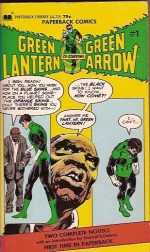
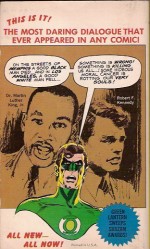
By Denny O’Neil, Neal Adams, John Broome, Gil Kane & various (Paperback Library)
ISBN: 0-446-64729-2 075
Until relatively recent times, comic strips – like rock ‘n’ roll or spray-can street art – were considered an outcast, bastard non-Art form continually required to explain and justify themselves.
And during those less open-minded times, just like the other examples cited, every so often the funnybook industry produced something which forced the wider world to sit up and take notice. In this slim paperback – in itself proof positive of the material’s merit because the stories were contained in a proper book and not a flimsy, gaudy, disposable pamphlet – some of the most groundbreaking tales in American comicbook history were re-presented to an audience finally becoming cognizant that a mere Children’s medium†might have something to contribute to the whole culture and society…
This striking paperback book collection opens with an introduction from Samuel R. Delaney and is rather sensibly followed by the very first Green Lantern tale from Showcase # 22 (September-October 1959), providing much needed background – as well as few solid old-fashioned thrills for readers new to the character and concept.
After the successful revival and reworking of The Flash in 1956, DC (or National Comics as they then were) was keen to build on a seemingly resurgent superhero trend. Showcase #22 hit the stands at the same time as the fourth issue of the new Flash comicbook (#108) with architects of the Silver Age editor Julie Schwartz, writer John Broome and artists Gil Kane & Joe Giella providing a Space Age reworking of a Golden-Age superhero with the magic ring.
Super-science replaced mysticism as Hal Jordan, a young test pilot in California, was transported to the side of a dying alien policeman who had crashed on Earth. Mortally wounded, Abin Sur commanded his power-ring, a device which could materialise thoughts, to seek out a replacement ring-bearer; honest and without fear.
Scanning the planet, it had selected Jordan and brought him to an appointment with destiny. The dying alien bequeathed the ring, a lantern-shaped Battery of Power and his noble profession to the astonished Earthman.
In six pages ‘S.O.S Green Lantern’ established the characters, scenario and narrative thrust of a series that would become the spine of DC continuity, opening a universe of wonder to wide eyed readers of all ages.
However, after a decade of earthly crime-busting, interstellar intrigue and spectacular science fiction shenanigans the Silver Age Green Lantern was about to become one of the earliest big-name casualties of the downturn in superhero sales in 1969 prompting Editor Schwartz to try something extraordinary to rescue the series.
The result was a bold experiment which created a fad for socially relevant, ecologically aware, mature stories which spread throughout DC’s costumed hero comics and beyond; totally revolutionising the industry and nigh-radicalising readers.
Tapping superstars-in-waiting Denny O’Neil and Neal Adams to produce the revolutionary fare, Schwartz watched in fascinated disbelief as the resultant thirteen groundbreaking, landmark tales captured the tone of the times, garnered critical praise, awards and desperately valuable publicity from the outside world, whilst simultaneously registering such poor sales that the series was finally cancelled anyway, with the heroes unceremoniously packed off to the back of marginally less endangered comicbook The Flash.
The main event of this pocket-sized collection re-presents the first two landmark stories, perfectly encapsulating everything Americans were already experiencing in the bubbling cauldron of social turmoil and experimentation on their own doorsteps. Everything was challenged on principle and with issue #76 of Green Lantern (April 1970 and the first issue of the new decade) O’Neil and Adams redefined the nature of superhero adventure with their “Issuesâ€-driven stories; transforming complacent and all-powerful establishment masked boy-scouts into uncertain, questioning champions and strident explorers of the enigma of America.
When these stories first appeared National/DC was a company in transition – just like America itself – with new ideas sought for and acted upon: a wave of fresh, raw talent was hired, akin to the very start of the industry, when excitable scarce-young creators ran wild with imagination. Their cause wasn’t hurt by the industry’s swingeing commercial decline: costs were up and the kids just weren’t buying funnybooks in the quantities they used to so perhaps it was time to see what the next generation had to offer…
O’ Neil, working in tight collaboration with hyper-realistic artist Adams, assaulted all the traditional monoliths of contemporary costumed dramas with tightly targeted, protest- driven stories. The comicbook had been re-designated Green Lantern/Green Arrow with Emerald Archer Oliver Queen constantly mouthing off as a hot-headed, liberal sounding-board and platform for a generation-in-crisis whilst staid, quasi-reactionary GL Hal Jordan played the part of the oblivious but well-meaning old guard. At least the Ring-Slinger was able to perceive his faults and more or less willing to listen to new ideas…
‘No Evil Shall Escape My Sight!’ (inked by Frank Giacoia) is a true landmark of the medium, utterly reinventing the concept of the costumed crusader as newly-minted, freshly bankrupted millionaire Oliver (Green Arrow) Queen challenged his Justice League comrade’s cosy worldview when the lofty space-cop painfully discovered real villains wore business suits, had expense accounts, hurt people just because of skin colour and would happily poison their own nests for short-term gain…
The specific villain du jour was a wealthy landlord whose treatment of his poverty-stricken tenants wasn’t actually illegal but certainly was wickedly immoral… Of course, the fact that this yarn is also a brilliantly devious crime-thriller with science-fiction overtones didn’t exactly hurt either…
The continuation ‘Journey to Desolation’ from #77 was every bit as groundbreaking.
At the conclusion of the #76 an immortal Guardian of the Universe – known as “the Old Timer†– was assigned to accompany the Emerald Duo on a voyage to “discover Americaâ€: a soul-searching social exploration into the dichotomies which divided the nation – and a tremendously trendy and popular pastime for the nation’s disaffected citizens back then.
Their first stop brought the trio to a poverty-stricken Appalachian mining town run as a private kingdom by a ruthless entrepreneur happy to use agent-provocateurs and Nazi war criminals to keep his wage slaves in line. When a young protest singer looked likely to become the next Bob Dylan and draw unwelcome publicity, he had to be eliminated – as did the three strangers who drove into town at just the wrong moment…
Although the heroes provided temporary solutions and put away viciously human criminals, these tales were always carefully heavy-handed in exposing bigger ills and issues which couldn’t be fixed with a wave of a Green Ring; invoking an aura of helplessness that was metaphorically emphasised during this story when Hal was summarily stripped of much of his might for no longer being the willing, unquestioning stooge of his officious, high-and-mighty alien masters…
It’s impossible to assess the effect this early bookstore edition had on the evolution of comics’ status – it certainly didn’t help keep the comicbook series afloat – but this edition certainly gave credibility to the stories themselves: a fact proved by the number of times and variety of formats these iconic adventures have been reprinted.
© 1959, 1970, 1972 National Periodical Publications, Inc.

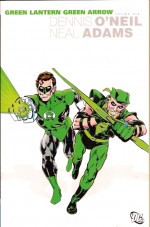
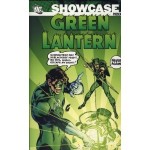
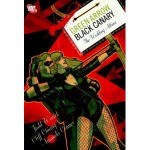
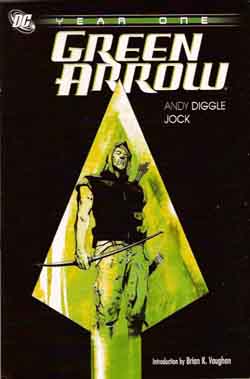
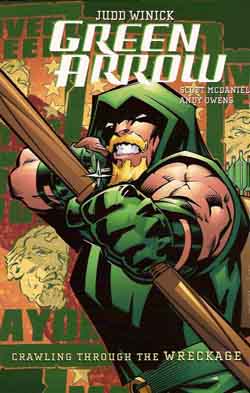
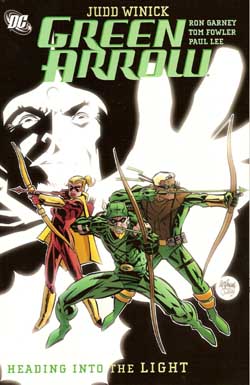
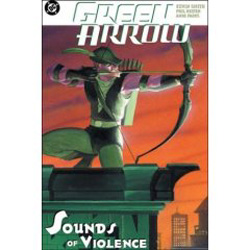
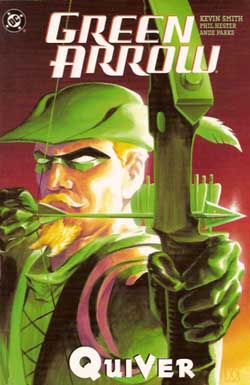
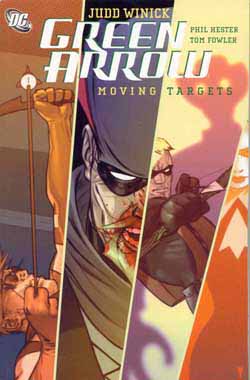 Â
Â